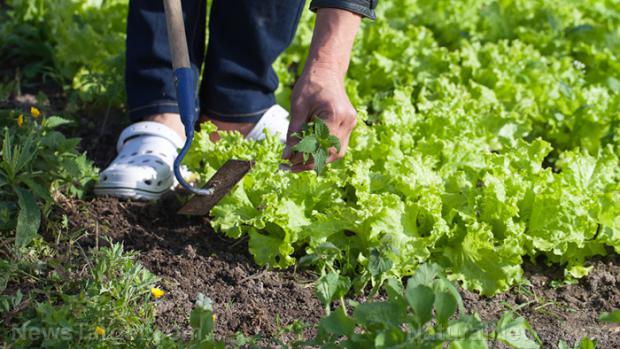
Breaking News
 Stop Buying Confusing Cheese Cultures (Make This "Lost" Starter Instead)
Stop Buying Confusing Cheese Cultures (Make This "Lost" Starter Instead)
 George Galloway Speaks Out on Being Forced Into Exile After Criticizing Ukraine War
George Galloway Speaks Out on Being Forced Into Exile After Criticizing Ukraine War
 "The wheels are falling off the Trump Administration" and Susie Wiles is to blame
"The wheels are falling off the Trump Administration" and Susie Wiles is to blame
 How to Make Car Insurance Affordable Again
How to Make Car Insurance Affordable Again
Top Tech News
 Latest Comet 3I Atlas Anomolies Like the Impossible 600,000 Mile Long Sunward Tail
Latest Comet 3I Atlas Anomolies Like the Impossible 600,000 Mile Long Sunward Tail
 Tesla Just Opened Its Biggest Supercharger Station Ever--And It's Powered By Solar And Batteries
Tesla Just Opened Its Biggest Supercharger Station Ever--And It's Powered By Solar And Batteries
 Your body already knows how to regrow limbs. We just haven't figured out how to turn it on yet.
Your body already knows how to regrow limbs. We just haven't figured out how to turn it on yet.
 We've wiretapped the gut-brain hotline to decode signals driving disease
We've wiretapped the gut-brain hotline to decode signals driving disease
 3D-printable concrete alternative hardens in three days, not four weeks
3D-printable concrete alternative hardens in three days, not four weeks
 Could satellite-beaming planes and airships make SpaceX's Starlink obsolete?
Could satellite-beaming planes and airships make SpaceX's Starlink obsolete?
 First totally synthetic human brain model has been realized
First totally synthetic human brain model has been realized
 Mach-23 potato gun to shoot satellites into space
Mach-23 potato gun to shoot satellites into space
 Blue Origin Will Increase New Glenn Thrust 15-25% and Make Rocket Bigger
Blue Origin Will Increase New Glenn Thrust 15-25% and Make Rocket Bigger
 Pennsylvania Bill – 'Jetsons Act' – Aims To Green-Light Flying Cars
Pennsylvania Bill – 'Jetsons Act' – Aims To Green-Light Flying Cars
Is techno-farming going to replace chemical farming? Some farmers are switching...

(Natural News) Robotic weeders are growing in popularity, an expert said, to support the growth and proliferation of specialty crops, or crops that are not mass-produced, and which include vegetables like broccoli, onions, lettuce, and tomatoes.
The necessity for the utilization of robotic weeders comes from two issues: one, a lack of herbicides that can be used for specialty crops; two, the fact that hand-weeding has become so expensive ($150 to $300 per acre). With the absence of pesticides, growers have had to employ the services of other people to hand-weed vast fields. (Related: Robots to take over jobs in human service industry, increasing the percentage of unemployed Americans.)
"I've been working with robotic weeders for about 10 years now, and the technology is really just starting to come into commercial use. It's really an economic incentive to consider them," said Steven Fennimore, an extension specialist under the Department of Vegetable Crops and Weed Science at the University of California, Davis.
The robotic weeders are calibrated in such a way that they are able to recognize a pattern and have the ability to tell the difference between a plant and the soil. Also, these robotic weeders are currently being trained to distinguish a lettuce plant from a weed.
"The problem with the machines right now is that they are version 1.0, and there's tremendous room for improvement. The inability to be able to tell the difference between a weed and a crop requires the grower to be very exact when using them.
"The rows have to be a little straighter, cleaner, and more consistent because the machines aren't that sophisticated yet. The robots don't like surprises," Fennimore said.
The robotic weeders that are sold on the market are priced between $120,000 and $175,000. For some California growers, the new technology is too expensively priced, and have indicated that they will wait until costs have gone down. Other growers however, are willing to invest in a better long-term tool than expensive hand-weeding.
Fennimore is focusing his work on the physical control of weeds. He has also progressed from conducting work on lettuce to applying the technology on other crops such as onions and tomatoes. He said that each crop will require a different robotic weeder system.



